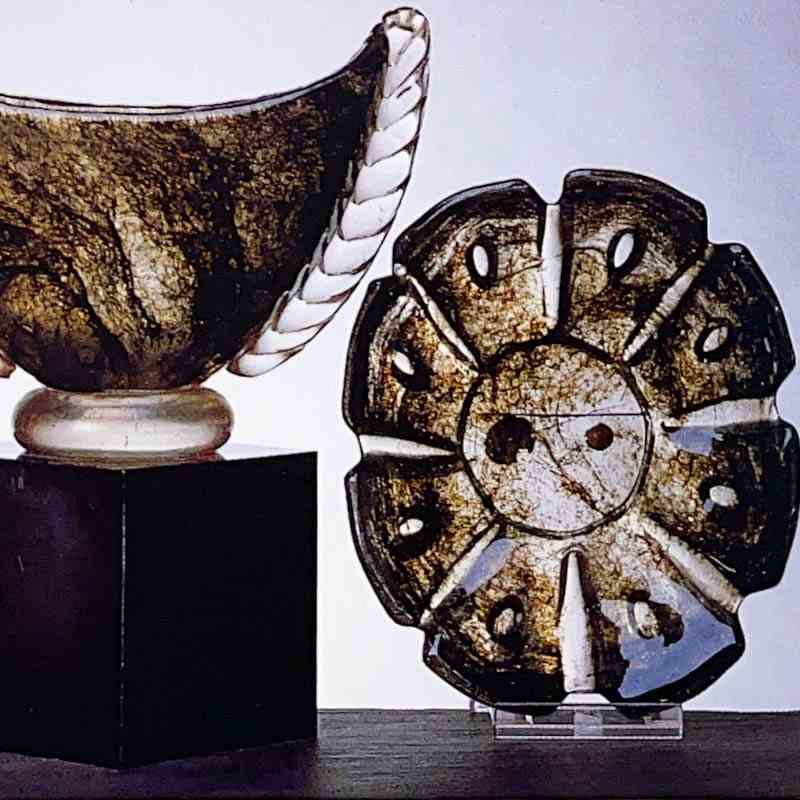By David Sowerby
Ever stumbled upon a piece of glassware and thought, "This has to be Murano, right? Look, it's even labeled 'Murano' in bold letters!" But then, you notice the unpolished base, the awkward shape, colors applied without finesse, and a rim that resembles a child's first clumsy attempt at cake decorating. Despite the label screaming 'Murano,' your instincts tell you it's not quite the epitome of Murano craftsmanship.
Well, trust those instincts. Your inner glass connoisseur is guiding you right. The world of Murano glass is not just filled with exquisite artistry but also with labels designed to fool those not well-versed in the nuances of genuine Murano quality.
There are two types of deceptive Murano labels you should be aware of: those that are misleading yet somewhat truthful, and those that are outright forgeries. Let's dive into understanding these labels, so you can be more confident in distinguishing true Murano masterpieces from clever imitations.
FAKE MURANO LABELS
The concept of 'genuine fakes' in the world of Murano glass is straightforward but their detection can be challenging. These are outright replicas of authentic Murano labels, attached to non-Murano glass items by dishonest sellers. Typically, these counterfeit labels are paper imitations of the original foil labels. To help you recognize these deceits, here are a few examples to consider

MISLEADING MURANO LABELS
The world of glass art is rife with a vast array of misleading Murano labels. Their common trait? Each label boldly features the word 'Murano,' despite the fact that the items are not crafted in Murano. With a few exceptions, these deceiving labels typically originate from Italy or China, blurring the lines between authenticity and imitation in the Murano glass market.
MISLEADING ITALIAN LABELS
There's a prevailing belief that the majority of glassware adorned with these misleading labels originates from the Naples region, although this is not definitively confirmed and some even contest it. What is unequivocally clear, however, is that this glass is not genuine Murano. A common phrase found on these items is 'Glass executed according to the technique of the masters of Murano.' This implies that the glass is crafted using methods akin to those of Murano's master artisans. However, this description could technically apply to any free-blown glass, rendering the claim ambiguous and potentially deceptive.

CHINESE MISLEADING LABELS
These mostly fall into two categories, the Ann Primrose/Cristellaria D'Arte/Cristellaria Stile group, and the Murano Glassware labels regularly found on those swirling glass sculptures with square bases, often accompanied by a separate made in China label.

OTHER MISLEADING LABELS
There are a few other examples of misleading Murano labels from around the world. These are much less common, but pieces do appear being these labels from time to time.





1 コメント
Laura swiatowy
Hi, I have a blue opaline glass set that has a label that says castle murano Venetian glass. Does castle murano mean the artist is fratelli toso? I’m just trying to find out more about these pieces. Thanks for any help! Laura
コメントを書く
全てのコメントは、掲載前にモデレートされます
このサイトはhCaptchaによって保護されており、hCaptchaプライバシーポリシーおよび利用規約が適用されます。